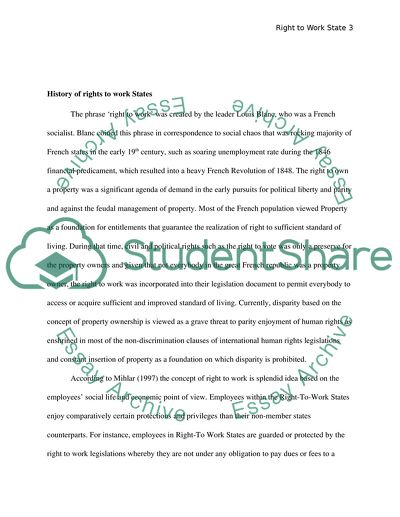Cite this document
(Analysis of the Concept of Right-to Work in the USA Assignment - 1, n.d.)
Analysis of the Concept of Right-to Work in the USA Assignment - 1. Retrieved from https://studentshare.org/macro-microeconomics/1772324-develop-a-review-of-literature-on-right-to-work-state
Analysis of the Concept of Right-to Work in the USA Assignment - 1. Retrieved from https://studentshare.org/macro-microeconomics/1772324-develop-a-review-of-literature-on-right-to-work-state
(Analysis of the Concept of Right-to Work in the USA Assignment - 1)
Analysis of the Concept of Right-to Work in the USA Assignment - 1. https://studentshare.org/macro-microeconomics/1772324-develop-a-review-of-literature-on-right-to-work-state.
Analysis of the Concept of Right-to Work in the USA Assignment - 1. https://studentshare.org/macro-microeconomics/1772324-develop-a-review-of-literature-on-right-to-work-state.
“Analysis of the Concept of Right-to Work in the USA Assignment - 1”, n.d. https://studentshare.org/macro-microeconomics/1772324-develop-a-review-of-literature-on-right-to-work-state.


